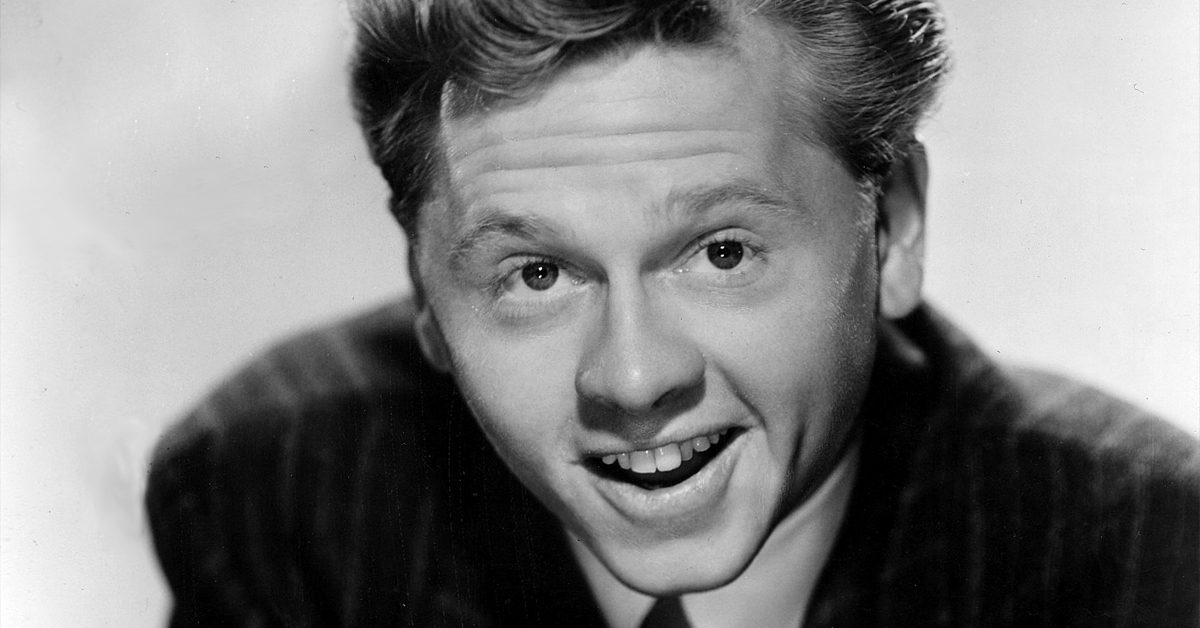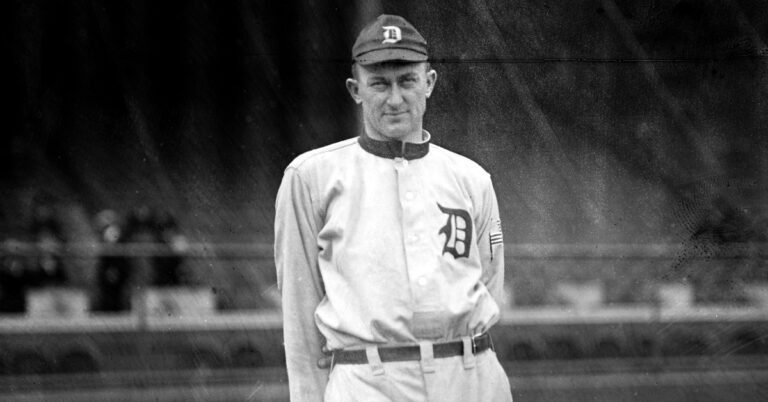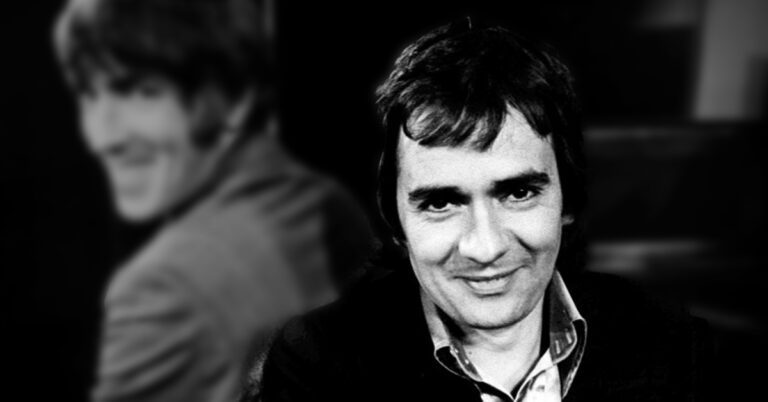It was pure wartime, musical escapism when for their next M-G-M vehicle Mickey Rooney is sent to a small Southwestern school to forget girls. Only he meets Judy Garland, and the show is underway.
They were America’s perennial teenagers. They were just full of talent. They were lucky, too. They found themselves in the right place, at the right time.
She was a tiny 4’11.” He was only 5’3.” It made not an inch of difference. They were giants in the movies. Their talent was immense. Again and again, the precocious team of Mickey Rooney and Judy Garland scored movie magic for M-G-M. Their screen partnership began with THOROUGHBREDS DON’T CRY (1937), then LOVE FINDS ANDY HARDY (1938), BABES IN ARMS (1939), ANDY HARDY MEETS DEBUTANTE (1940), STRIKE UP THE BAND (1940), LIFE BEGINS FOR ANDY HARDY (1941), and BABES ON BROADWAY (1941). All were hits.
What would be next? Mickey Rooney had been the number one box office attraction in the world, but Judy Garland was actually overtaking him in popularity by 1943. Success caused changes in their lives, personally and professionally. Judy turned 21 in 1943, and divorced her first husband, David Rose. Mickey turned 23 in 1943, and divorced his first wife, Ava Gardner. On screen they still sparkled with youthful exuberance, but would audiences continue to accept them as innocent teenagers?
After studying many projects for the pair of stars, producer Arthur Freed decided upon adapting Florenz Ziegfeld’s 1930 Broadway musical GIRL CRAZY, which starred Ginger Rogers and introduced Ethel Merman. This property was filmed once before in 1932 by RKO as a vehicle for the underrated comedy team of Wheeler and Woolsey.
For this second adaptation, Freed assigned Busby Berkeley to direct. The old taskmaster first clashed with Judy Garland, then he and Freed could not agree on the picture’s concept, so Berkeley shot only the picture’s rousing song-and-dance sequences, and the finale is spectacular. Berkeley was replaced as director by Norman Taurog, who was Jackie Cooper’s uncle. Or maybe his father. Even Jackie Cooper never knew for sure. In any case, Taurog knew the property because he had directed re-takes for David O. Selznick on the Wheeler and Woolsey version.
What Freed wanted to really showcase was the original Broadway score by George and Ira Gershwin. So Mickey and Judy put on quite a show performing the Gershwin hit tunes with the help of Tommy Dorsey and his Orchestra.
In his second of three autobiographies, Mickey Rooney told how hard the picture was for Judy Garland. A month into production she was down to 94 pounds. Coping with the rigorous work and her failed marriage, she collapsed during shooting. She did come back to work after only two weeks, but against her doctor’s orders. She collapsed again. She needed help. She would always need help. She wasn’t getting any.
Rooney wrote, “Some people say the studio doped her up at this time, giving her downers at bedtime and uppers so she could get up and go the work on the morning. This was simply not true. Judy had taken to drinking and sleeping pills. No one forced them on her. She was old enough to know what she was doing. She started with one, then when one didn’t work, she took two. When two didn’t work, she took four. When four didn’t work, she took eight. And oh Christ, you lose count after eight. Later on Judy would blame the studio or her mother or some nameless ‘theys’ for getting her started on the road to self destruction. Whoever wants to blame themselves?”
At least that was Mickey Rooney’s account, and he was there.
GIRL CRAZY grossed $5,886,000– in 1943 dollars. Eventually the picture would earn $47 million, at least according to Mickey Rooney’s accounting. Judy was paid $28,666. Mickey was paid $68,166, plus a bonus of $25,000. That means in today’s dollars Rooney was paid $1,634,132 for making GIRL CRAZY.
At the time, whatever Metro was paying the pair, they were worth it.




